Ttangkkut Marine Natural History Museum (땅끝해양자연사박물관)
16.0Km 8954 2021-02-22
5-4, Jungdaedong-gil, Haenam-gun, Jeollanam-do
+82-61-535-2110
The Ttangkkeut Marine History Museum houses approximately 25,000 specimens with 40,000 pieces on display including shellfish, coral, fish, mammals, crustaceans, fossils, reptiles, and insects from around the world, making it the most diverse collection of items in the southern region. Visitors can take part in ecological activities to learn more about phenomenal and rare marine resources and cultures.
Haemaru healingsoup [Korea Quality] / 해마루 힐링숲 [한국관광 품질인증]
16.4Km 5747 2020-12-12
108-35, Donghae-gil Bukpyeong-myeon, Haenam-gun, Jeollanam-do
+82-10-2332-6303
'Haemaru Healing Forest is a guesthouse situated at the foot of Duryunsan Mountain, Haenam in front of Wondo Beach and surrounded by a cypress grove. The mountain, cypress grove, and beach are all visible from the main floored hall room. For this reason, many of the guests who stayed here say that the picturesque view seems to change day by day. The town where the guesthouse is located is specially designed as a 'hanok village,' consisting mostly of traditional Korean houses of Jeollanam-do. It is also widely known as 'Haenam Kimchi Village' because of their famous cabbages, which are grown in the natural environment and are used to make kimchi. Specifically, there are three villages in this area: 'Green Experience Village,' 'Farm Stay Village,' and 'Resort Village.' There is a public swimming pool in the area managed by the villagers and is very popular among visitors, with ticket sales reaching KRW 100,000,000 a year. One of the advantages of staying at this guesthouse is that it’s within a one-hour ride to a number of popular nature destinations such as Wando Cheongsando Island, Gangjin Dasan Chodang, Jangheung Cheongwansan Mountain, Woodland, and Yeongam Wolchunsan Mountain. Haenam is known as one of the best regions of Korea for enjoying the famous Jeolla-do cuisine, so visitors to Haenam are advised to try the local food. The villagers built these traditional Korean guesthouses so that their visitors can have a day of relaxation in nature, away from their hectic city life. With this mind, they used natural pinewood and red clay from Gangwon-do to build authentic traditional Korean houses and utilized traditional Korean tiles from Goryeong. The name 'Haemaru Healing Forest' was given by the owner of the guesthouse, with the subtitle 'A place where you can tell your story.' The guesthouse buildings are in 'ㄱ' shape. The main building, called 'anchae' in Korean, has floor area of 72m², which is big enough for up to 25 people. There are two rooms, a large living room, and a kitchen in this building. The rooms are furnished with sofa, television, air conditioner, refrigerator, and table just like an ordinary home so that guests can feel at home during their stay. The 'bakkatchae,' or 'detached house,' is a single room with capacity of 6 and is furnished with air conditioner and bathroom. The guesthouse is owned by a couple who still work in Seoul and need to travel back and forth between Seoul and Haenam frequently. They're both nature lovers, so their most favorite place in the house is the kitchen garden where they cultivate their own organic lettuce, perilla leaves, and chili peppers. The kitchen garden is open to guests who want to try the homegrown organic vegetables. Various experience programs are offered here as well, such as yunnori, dadeumi, jwibulnori, and kimchi making. Jwibulnori is a traditional Korean game played on the eve of Daeboreum or First Full Moon Day, where people burn dry grass on the ridges of rice paddies and fields and others spin cans of flames attached to the end of a stick or a sling. For safety reasons, this game is played with the consent and participation of the villagers, so be sure to ask the owner of the guesthouse when the game is played. It’s free for groups of more than 10 people. As for the kimchi-making class, it is offered by the guesthouse owner's younger brother and sister-in-law who live and run a kimchi factory in the village. They will teach you how to make kimchi, step-by-step, start to end. The kimchi-making class is a paid program, so be sure to ask the guesthouse owner how much and when the class is held.
Mihwangsa Temple (미황사)
16.5Km 18948 2021-08-14
164, Mihwangsa-gil, Haenam-gun, Jeollanam-do
+82-61-533-3521
Constructed during the eighth year of King Gyeongdeok of the Silla dynasty (749), Mihwangsa Temple is located on the western side of Dalmasan Mountain (489 meters), titled the Geumgangsan Mountain of the Southern Sea. The temple is situated the furthest south of all temples in the Korean peninsula. Beautiful sunsets and the view of the graceful Dalmasan Mountain from the temple attract numerous visitors. The foot of the mountain found behind the temple blends well with the suitable-sized temple and the appearance of Daeungbojeon Hall gives out an aura of comfort and tranquility. The cornerstone of Daeungbojeon Hall is carved with sea creatures, such as turtles and crabs that cannot be observed elsewhere. Other attractions include 18th century murals on the walls of Daeungbojeon and Unginjeon Halls.
Jiri Beach (지리해수욕장)
17.3Km 9326 2021-07-14
1462-58, Cheongsan-ro, Wando-gun, Jeollanam-do
+82-61-550-6495
Jiri Beach offers a beautiful view of the sunset and is regarded as one of the best beaches on Cheongsando Island. With its clean, shallow waters and fine white sand, it is a great vacation spot for families. The beach stretches for 1 kilometer, is 100 meters in x_width, and is bordered by over 500 ancient pine trees that provide natural shade from the sun. The waters of Cheongsando Island teem with fish, earning the island a reputation as one of Korea’s major sea fishing sites.
Seoladawon [Korea Quality] / 설아다원 [한국관광 품질인증]
18.1Km 10535 2023-10-26
153-21 , Samseong-gil, Haenam-gun, Jeollanam-do
+82-61-533-3083
Seola Dawon is a hanok stay at the foot of Mt Duryun in Haenam, Jeollanam-do. It began as a tea plantation whose owner wanted to pass on his love for traditional tea culture to the next generation. Many visitors came and they needed accomodation, so the owner built a small stone guest room. Now there are 8 guestrooms, including a clay house, a timber frame house, and an earthbag house; while the work of promoting tea cultivation and culture continue.
Wando-gun, Cheongsando Island [Slow City] (완도군 청산도 [슬로시티])
18.3Km 35155 2020-06-11
19-3, Docheong 4-gil, Wando-gun, Jeollanam-do
+82-61-550-5151
The name Cheongsan (靑山) carries the meaning that all of the surroundings - the mountains, ocean and sky - are blue. Cheongsando Island is a small island featuring beautiful scenery located 19.2km from Wando in Jeollanam-do, and is the southernmost island in Dadohae. The island looks to Geomundo Island in the east, Soando Island in the west, Jejudo Island in the south, and Sinjido Island in the north. Cheongsando Island was designated as part of Dadohaehaesang National Park on December 23, 1981 and the first Asian slow city on December 1, 2007. The slower visitors walk through the island, the more beautiful the island is. Likewise, the island was picked as one of must-visit tourism spots by Korea Tourism Organization and CNN. The island also features the valuable agricultural asset of gudeuljangnon, terraced rice paddies.
Cheongsando Slow Walking Festival (청산도 슬로걷기축제)
18.5Km 9912 2022-05-12
Cheongsan-myeon, Wando-gun, Jeollanam-do
• 1330 Travel Hotline: +82-2-1330 (Korean, English, Japanese, Chinese) • For more info: +82-61-550-5432
Designated as the first Slow City in Asia, Cheongsando in Wando-gun hosts the annual Cheongsando Slow Walking Festival. The festival is held every April, which is the best time of the year to enjoy the canola blossoms and barley with the sea in the background. During the festival, visitors can participate in various cultural events and exhibitions, and enjoy the spring scenery.
Galdu Village (Ttangkkeut Village) (갈두마을 (땅끝마을))
19.6Km 28910 2020-06-17
82, Ttangkkeunmaeul-gil, Haenam-gun, Jeollanam-do
+82-61-532-3883
Galdu Village, also referred to as Ttangkkeut (Land's-end) Village in Haenam-gun, Jeollanam-do is at the southernmost point of the Korean peninsula. The island has an observatory at Sajabong Peak, where one can get an unobstructed view of the southern archipelago, and even a glimpse of Hallsan Mountain on Jeju Island on a clear day. The name "galdu" originated from the Chinese characters for arrowroot, which was commonly found in the nearby mountains.
Maemseom Hoetjip (맴섬횟집)
19.6Km 114 2021-03-26
60-18, Ttangkkeunmaeul-gil, Haenam-gun, Jeollanam-do
+82-61-533-3561
It provides a course meal menu that lets you enjoy various types of seafood at a time. This restaurant's signature menu is assorted sliced raw fish. This Korean dishes restaurant is located in Haenam-gun, Jeollanam-do.
Ttangkkeut Sunset & Sunrise Festival (땅끝 해넘이해맞이축제)
19.7Km 13448 2020-02-12
42, Ttangkkeunmaeul-gil, Haenam-gun, Jeollanam-do
• 1330 Travel Hotline: +82-2-1330 (Korean, English, Japanese, Chinese) • For more info: +82-61-530-5159
Ttangkkeut Sunset & Sunrise Festival takes place annually December 31 - January 1 at Ttangkkuet Village in Haenam-gun, Jeollanam-do. The festival includes a sunset and sunrise ceremony. The festival is famous for the unique view of the sunrise between Hyeongjebawi Rocks next to Galduhang Port.
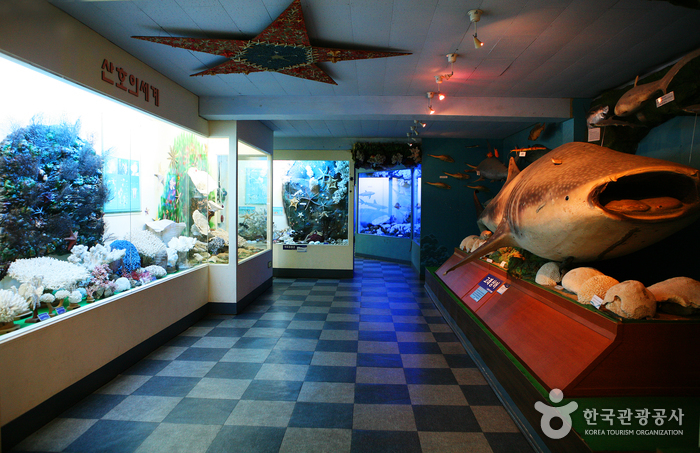
![Haemaru healingsoup [Korea Quality] / 해마루 힐링숲 [한국관광 품질인증]](http://tong.visitkorea.or.kr/cms/resource/35/2049835_image2_1.jpg)
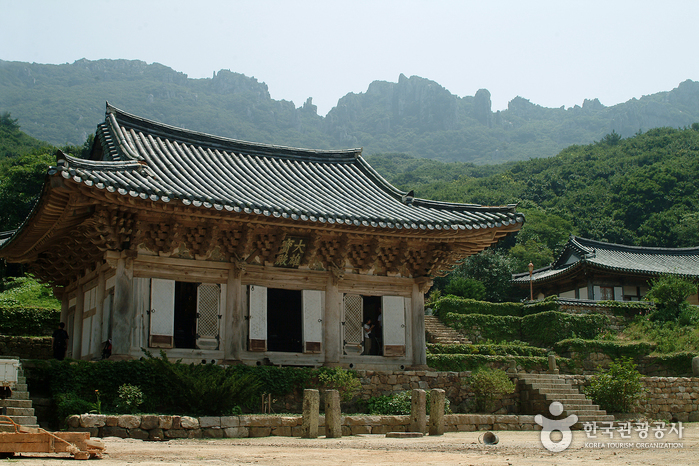
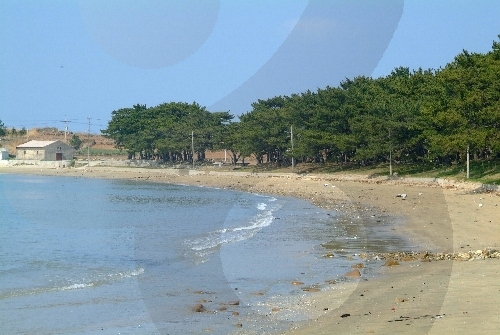
![Seoladawon [Korea Quality] / 설아다원 [한국관광 품질인증]](http://tong.visitkorea.or.kr/cms/resource/25/3021525_image2_1.jpg)
![Wando-gun, Cheongsando Island [Slow City] (완도군 청산도 [슬로시티])](http://tong.visitkorea.or.kr/cms/resource/42/1784242_image2_1.jpg)
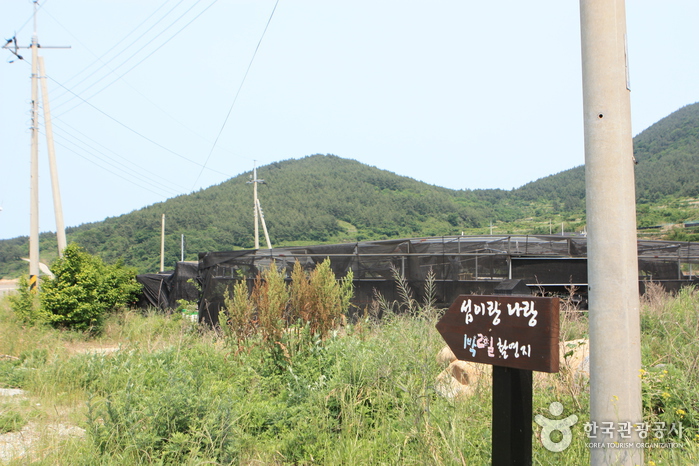
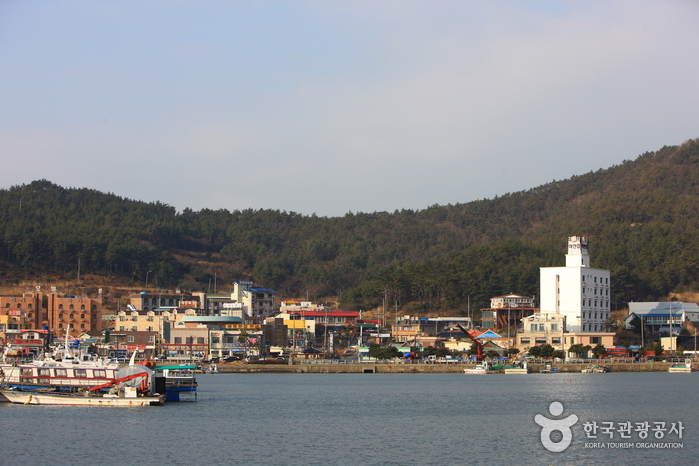
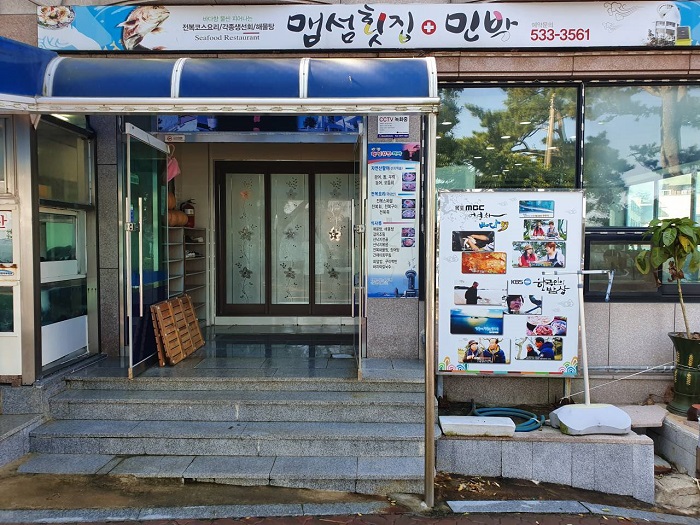

 English
English
 한국어
한국어 日本語
日本語 中文(简体)
中文(简体) Deutsch
Deutsch Français
Français Español
Español Русский
Русский